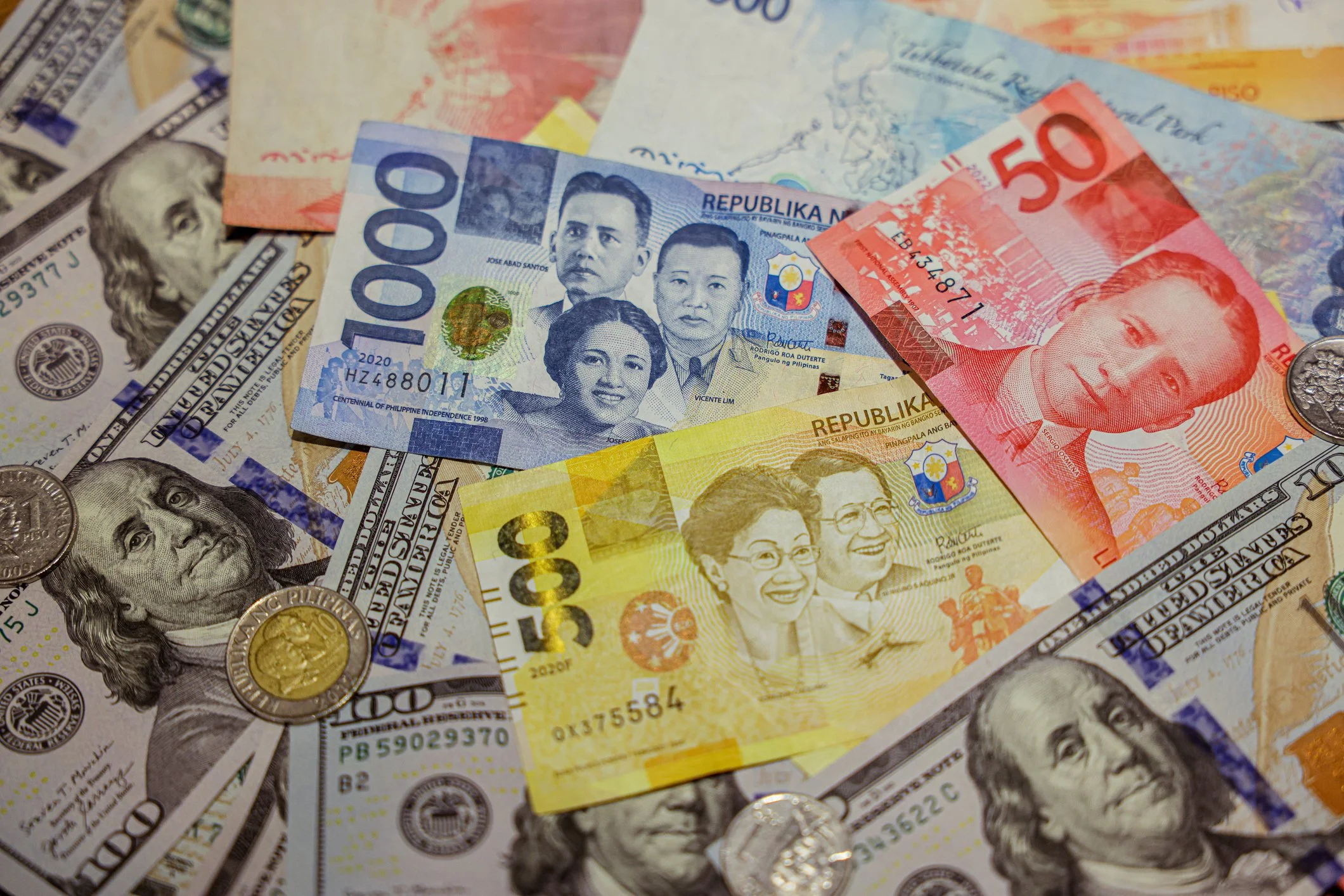Exploring Traditional Filipino Musical Instruments: A Cultural Journey Through Sound
The Philippines is home to a vibrant tapestry of indigenous musical instruments, each echoing the cultural identity of its people. From the resonant gongs of Mindanao to the melodic bamboo flutes of the Cordillera, traditional Filipino musical instruments tell stories of rituals, daily life, courtship, and celebration. This article explores the key types of ethnic musical instruments in the Philippines, categorized by how they produce sound.
Idiophones: The Rhythmic Pulse of the Islands
Idiophones are instruments that produce sound through the material of the instrument itself—no strings or membranes involved. These are commonly made from metal or bamboo.
Kulintang
This diagram shows the various names of each of the kulintang gongs for both than Maranao and the Maguindanao.
Created by en:User:PhilipDM
The kulintang is a set of horizontally-laid knobbed gongs played melodically. Originating from the Maguindanao, Maranao, and Tausug peoples in Mindanao, the kulintang ensemble also includes agung (large gongs) and dabakan (a goblet drum).
Agung
The two Philippine vertically hanged, wide-rimmed gong sknown as the agung used as a supportive/accompanying instrument in the kulintang ensemble, here being used during a performance at the Serramonte Shopping Center in Daly City.
Author: Philip Dominguez Mercurio (PhilipDM)
Source: http://philipdominguezmercurio.blogspot.com/2004/06/agung-32.html
The agung consists of large, suspended gongs that create deep, resonant bass tones. Often used in gong ensembles, this instrument plays a vital role in traditional music in Mindanao and Palawan.
Gabbang
The Gabbang (bamboo xylophone) from Tausug, Palawan, Philippines. The Gabbang in the picture is a property of UP Kontra-Gapi.
Played like a xylophone, the gabbang is a bamboo idiophone used by the Yakan, Sama-Bajau, and Tausūg. Its bright, wooden tones are essential in folk dances and storytelling.
Kubing
Known as the "lip-valley jaw harp," the kubing is used by various indigenous groups like the Maranao, Maguindanaon, and T'boli. It's often played for personal entertainment or courtship.
Tongatong
Tongatong bamboo stamping tube Tinglayan Kalinga
A bamboo stamping tube from the Kalinga of northern Luzon, the tongatong is played by striking it against the ground in rhythmic patterns, often in group performances or healing rituals.
Chordophones: Strings of Tradition
Chordophones are stringed instruments that are either plucked, bowed, or struck.
Kudyapi (Kutiyapi)
Lute (kutyapi), Mindanao, wood, Honolulu Museum of Art. Honolulu Museum of Art
The kudyapi is a two-stringed boat lute used by the Maranao, T'boli, and other Mindanaoan groups. It's often played solo to accompany epic chants and poems.
Faglong
This two-stringed lute is adorned with intricate carvings and is used by the B'laan people. It features heavily in rituals and storytelling.
Kolitong
A Kolitong, a bamboo string instrument found in the Philippines. The instrument in the picture is from the University of the Philippines College of Music, Center for Ethnomusicology
A bamboo zither from the Cordillera region, the kolitong is played by plucking strings etched into the bamboo body. It’s a common solo instrument among northern highland groups like the Kalinga and Bontoc.
Aerophones: Melodies of Wind and Spirit
Aerophones are wind instruments made from bamboo, wood, or horn.
Tongali (Nose Flute)
The tongali is a nose flute from the Kalinga region, played by blowing air through one nostril. It’s traditionally used during courtship and quiet personal reflection.
Palendag
Used by the Maguindanao and other Mindanao tribes, the palendag is a bamboo lip-valley flute producing a mellow, melancholic sound.
Tambuli
Made from a carabao horn, the tambuli was traditionally used to call villagers for meetings or warn of danger. Today, it's a symbol of pre-colonial Filipino communication.
Membranophones: Heartbeats of the Archipelago
Membranophones are percussion instruments that use stretched membranes to create sound.
The National Heritage Month featuring Philippine Traditional Musical Instruments Stamps, Souvenir Sheet
Author: Philippine Postal Corporation
Dabakan
The dabakan is a single-headed goblet drum used by the Maranao and Maguindanao as part of the kulintang ensemble. It provides the rhythmic foundation for performances.
Gandang
A double-headed cylindrical drum, the gandang is played in pairs using sticks. It’s used in both ceremonial and secular performances in Mindanao.
Sulibao
From the Ibaloi people of the Cordilleras, the sulibao is a conical drum used in religious rituals and festivals.
🎯 Why Preserving These Instruments Matters
These traditional Filipino musical instruments are more than just tools of music—they are cultural artifacts that reflect the country's indigenous wisdom, creativity, and history. Amid modernization, efforts to document, teach, and revive these instruments are vital in preserving the Philippines’ rich cultural identity.
References (APA Format)
Carved Culture. (2022). Traditional Musical Instruments from the Philippines. Retrieved from https://www.carvedculture.com/blogs/articles/traditional-musical-instruments-from-phillipines
National Commission for Culture and the Arts (NCCA). (n.d.). Philippine Music Instruments. Retrieved from https://ncca.gov.ph/about-ncca-3/subcommissions/subcommission-on-the-arts-sca/music/philippine-music-instruments/
Wikipedia contributors. (2023). Traditional Philippine musical instruments. In Wikipedia, The Free Encyclopedia. Retrieved from https://en.wikipedia.org/wiki/Traditional_Philippine_musical_instruments
Smithsonian Folklife Festival. (1998). Traditional Music in Philippine Cultures. Retrieved from https://folklife-media.si.edu/docs/festival/program-book-articles/FESTBK1998_16.pdf
Academia.edu. (2017). Traditional Filipino Musical Instruments. Retrieved from https://www.academia.edu/37665054/0_TRADITIONAL_FILIPINO_MUSICAL_INSTRUMENTS
Reganit, R. R. (2017). A Study of the Musical Instruments of Ifugao in the Cordillera Region, Northern Philippines. ResearchGate. Retrieved from https://www.researchgate.net/publication/319945024


































A tragic SUV crash at NAIA Terminal 1 on May 4 left two people dead, including a 4-year-old girl, and four others injured. Here's what we know so far, and how airport officials are responding.